Bhutan Photography Guide: Stunning Landscapes & Temples
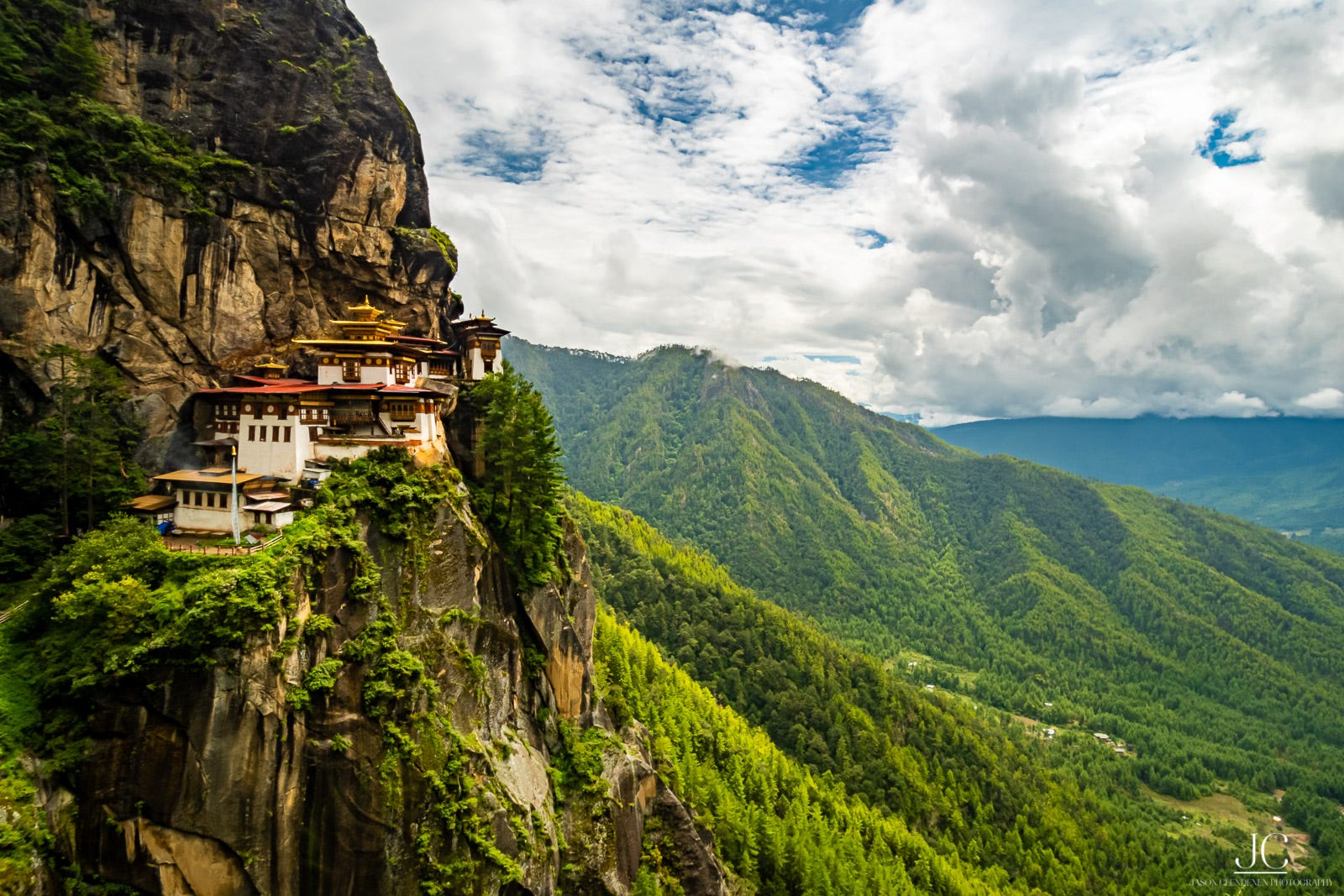
Overview
About Bhutan and its photography appeal
With its serene monasteries, vibrant cultural festivals, and breathtaking landscapes, Bhutan offers a paradise for photographers like you. You will be captivated by the traditional architecture, prayer flags fluttering in the wind, and locals adorned in colourful traditional attire.
As you explore the valleys and mountains of Bhutan, every corner will present you with a unique and picturesque frame to capture. The country's focus on Gross National Happiness can be felt through the warmth and smiles of its people, enriching your photography experience.
Factors to consider when photographing in Bhutan
| Factors | Description |
|---|---|
| Cultural Sensitivity | Embrace the customs and traditions of Bhutan by seeking permission before photographing religious sites or individuals in traditional attire. |
| Natural Lighting | Make the most of Bhutan's abundant natural light, especially during sunrise and sunset, to add a magical touch to your photographs. |
| Altitude Challenges | Be prepared for varying altitudes when travelling through Bhutan, ensuring your gear, and yourself are acclimatized for the best photography results. |
| Local Interactions | Engage with the locals to add human interest to your photographs, capturing genuine emotions and stories that depict the essence of Bhutanese life. |
| Scenic Diversity | From lush forests to snow-capped peaks, Bhutan offers a diverse range of landscapes to explore and photograph, each with its own unique charm. |
Remember, as you embark on your photographic journey in Bhutan, cherish each moment behind the lens and let the beauty of the country reflect in your captures.
Paro Taktsang (Tiger’s Nest)
Paro Taktsang's background and significance
Paro Taktsang, also known as Tiger's Nest, is a revered Himalayan Buddhist sacred site on the cliffside of the Paro valley in Bhutan. This iconic monastery is said to be the meditation cave of Guru Padmasambhava, who introduced Buddhism to Bhutan.
The breathtaking location of Paro Taktsang, perched on a sheer cliff at 3,120 meters above sea level, adds to its mystical allure and spiritual significance. Visiting this site offers a chance to witness stunning architecture and a spiritual journey through Bhutanese history and beliefs.
Photography tips and recommended equipment for capturing Paro Taktsang
| Tips | Equipment |
|---|---|
| Capture Different Angles: Explore various viewpoints to capture the monastery against the dramatic backdrop of the cliff and valley. | Wide-angle lens: Ideal for capturing the expansive views and intricate details of the monastery. |
| Play with Light: Utilize the changing light throughout the day to create a magical atmosphere in your photographs. | Tripod: Essential for stability, especially in low-light conditions during early morning or late afternoon. |
| Add Context: Include visitors or prayer flags in your shots to provide a sense of scale and cultural context. | Zoom lens: Helpful for capturing close-up details from a distance without disturbing the sanctity of the site. |
| Capture Details: Focus on the intricate architecture and vibrant colours of the monastery to convey its beauty and historical significance. | Cleaning kit: Keep your gear dust-free, especially in the mountainous terrain around the monastery. |
Immerse yourself in the spiritual atmosphere of Paro Taktsang and let your camera capture the essence of this unique and sacred site in Bhutan.
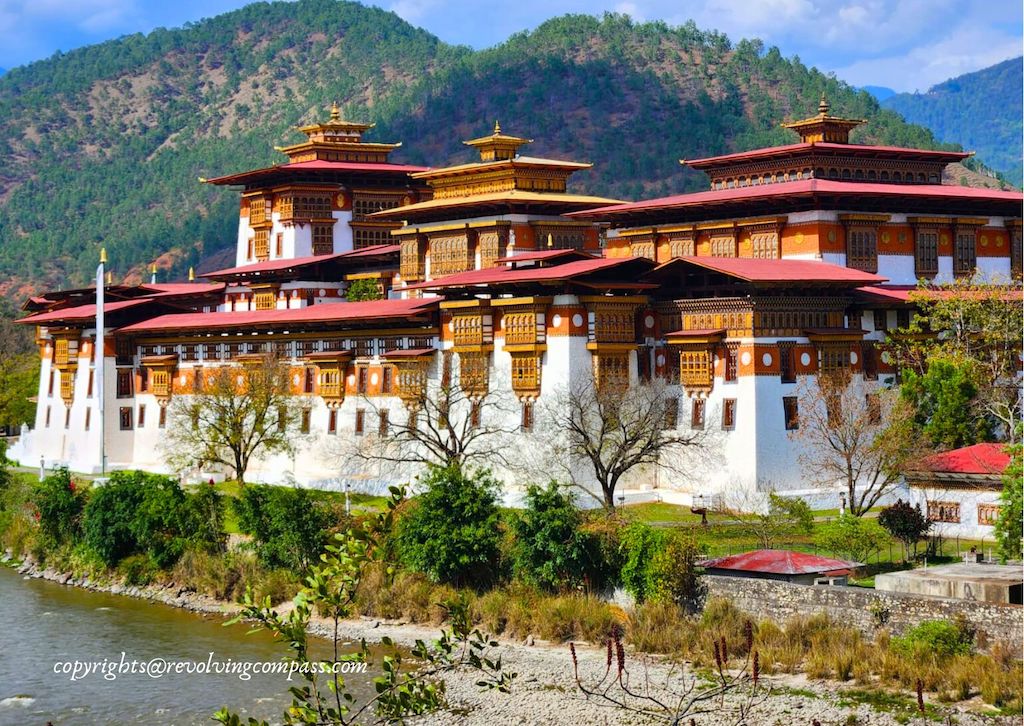
Punakha Dzong
Punakha Dzong architecture and beauty
Punakha Dzong, also known as the Palace of Great Happiness, stands majestically at the confluence of the Pho Chhu and Mo Chhu rivers in Bhutan. The dzong serves as a religious and administrative centre and showcases exquisite Bhutanese architecture with red, white, and gold accents. Its intricate woodwork, large courtyards, and beautiful paintings depicting Buddhist stories make it a photographer's paradise. Visiting Punakha Dzong offers a glimpse into Bhutan's rich cultural heritage and spiritual traditions.
Photography techniques for capturing Punakha Dzong's grandeur
| Techniques | Essentials |
|---|---|
| Utilize Golden Hour: Capture the warm, soft light during sunrise or sunset to enhance the dzong's beauty. | Prime Lens: Ideal for sharp and detailed shots of the intricate architecture and interior decorations. |
| Focus on Reflections: Use the nearby rivers to capture stunning reflections of the dzong and surrounding scenery. | ND Filter: Helps control exposure and achieve balanced lighting in bright outdoor conditions. |
| Capture Details: Zoom in on the intricate carvings, paintings, and colourful flags to highlight the dzong's ornate beauty. | Sturdy Tripod: Essential for stability and long exposure shots to capture the dzong's grandeur. |
| Incorporate People: Include local monks or visitors in your shots to add a human element and storytelling aspect to your photographs. | Cleaning Cloth: Keep your lens and gear clean to ensure clear and crisp images throughout your visit. |
Step into the realm of Punakha Dzong and let your camera transform its architectural splendour into timeless photographic masterpieces.

Dochula Pass
Dochula Pass panoramic views and photography opportunities
As you stand at Dochula Pass, surrounded by the breathtaking panoramic views of the Himalayas, dotted with 108 chortens, also known as stupas, you'll feel a sense of awe at the beauty before you. The pass offers unparalleled photography opportunities, with the snow-capped mountains creating a stunning backdrop for your shots. The chortens, against the backdrop of clear blue skies or dramatic clouds, provide a unique subject for your photography compositions.
Best times of day and year to visit Dochula Pass for photography
| Times | Optimal Conditions |
|---|---|
| Sunrise: Witness the soft golden light of sunrise casting a warm glow on the mountains and chortens for ethereal morning shots. | Winter Months: Experience clear skies and crisp air during the winter months for sharp and vibrant photography. |
| Sunset: Capture the dramatic play of colours in the sky as the sun sets behind the Himalayas, creating a picturesque scene. | Spring Season: Enjoy blooming rhododendrons and lush greenery in spring, adding a pop of colour to your photographs. |
| Midday: Explore the pass under clear blue skies at midday, allowing for detailed and well-lit shots of the chortens and surrounding landscape. | Autumn Season: Marvel at the changing colours of the foliage in autumn, adding warmth and richness to your images. |
| Blue Hour: Wait for the tranquil blue hour after sunset to capture the past in a different light, creating a dreamy and atmospheric ambience. | Monsoon Season: Embrace the dramatic clouds and occasional mist during the monsoon for unique and moody photography opportunities. |
Embrace each moment at Dochula Pass and allow your camera to seize the magic of this picturesque location in every season and time of day.
Gangtey Valley
Gangtey Valley's natural beauty and photo spots
As you find yourself in Gangtey Valley, surrounded by its stunning natural beauty, you'll discover numerous photo spots that showcase the majestic landscape. Every corner offers a picturesque backdrop for your photography adventures, from the verdant valleys to the snow-capped peaks. The tranquil Gangtey Monastery, nestled amidst the rolling hills, provides a serene and spiritual setting for your shots.
Don't miss capturing the graceful black-necked cranes that visit the valley during winter, adding a touch of wildlife charm to your photos.
Tips for photographing the majestic landscape of Gangtey Valley
| Tips | Photography Techniques |
|---|---|
| Golden Hour: Embrace the soft, warm light of the golden hour for captivating and ethereal shots of the valley bathed in a golden glow. | Rule of Thirds: Use the rule of thirds to compose striking images, placing key elements like the monastery or cranes off-centre for dynamic photos. |
| Framing: Frame your shots with natural elements like overhanging branches or archways to add depth and visual interest to your photographs. | Long Exposure: Experiment with long exposure techniques to capture the movement of the clouds or flowing rivers, adding a sense of motion to your images. |
| Reflections: Capture mirror-like reflections in the still waters of the valley streams for stunning symmetrical compositions. | Low Angle Shots: Get down low to the ground to capture unique perspectives of the valley, emphasizing its vastness and grandeur. |
With these tips in mind, immerse yourself in the beauty of Gangtey Valley and unleash your creativity to capture its enchanting landscapes in a way that truly reflects its natural splendour.
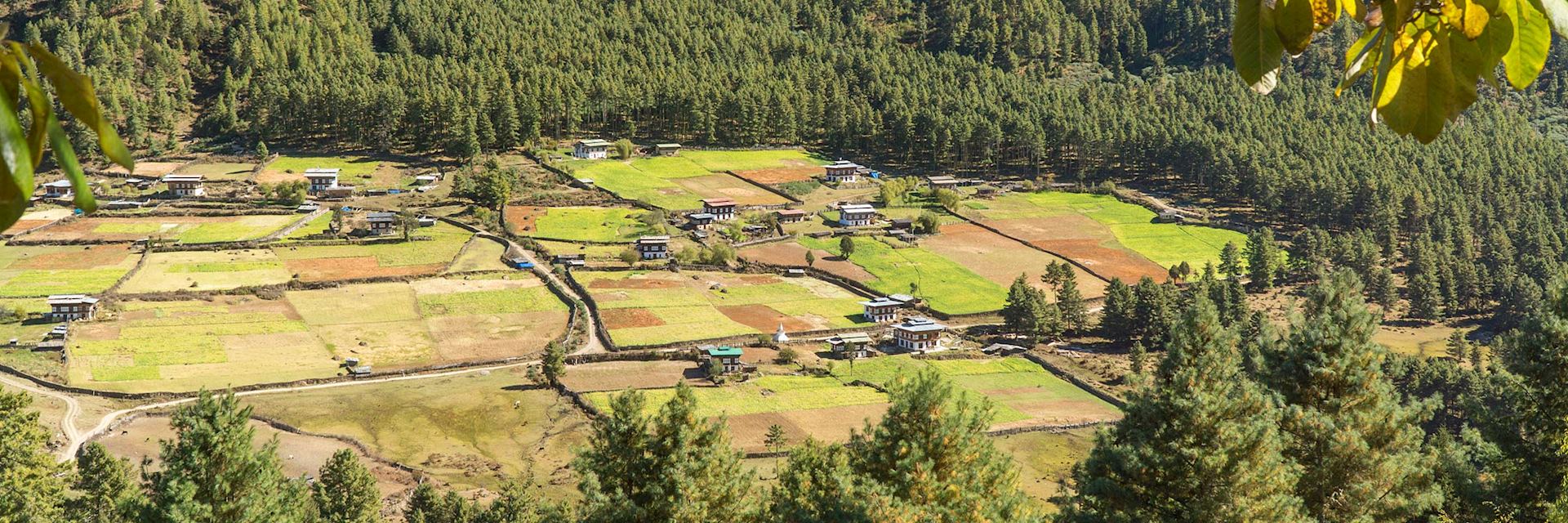
Phobjikha Valley
Phobjikha Valley wildlife and photography experiences
As you step into the enchanting Phobjikha Valley, be prepared to be greeted by many wildlife and captivating photography opportunities. The valley's rich biodiversity offers a chance to witness unique species like the majestic black-necked cranes in their natural habitat.
Don't forget to have your camera ready to capture these graceful creatures as they dance across the valley during their winter migration. The valley's serene atmosphere and untouched landscapes provide the perfect backdrop for creating stunning wildlife photographs that tell a story of harmony between nature and wildlife.
Recommended camera settings for capturing the flora and fauna of Phobjikha Valley
| Settings | Camera Setup |
|---|---|
| Telephoto Lens: Opt for a telephoto lens to get up close and personal with the wildlife without disturbing their natural behavior, allowing you to capture intricate details. | Aperture Priority Mode: Use aperture priority mode to control the depth of field and achieve a sharp focus on your subjects while blurring the background for a visually appealing effect. |
| Burst Mode: Utilize burst mode to capture fast-paced wildlife movements and ensure you don't miss any fleeting moments during your photography session. | ISO Settings: Adjust your ISO settings to maintain image quality in varying light conditions, ensuring well-exposed and noise-free photographs. |
| Continuous Autofocus: Enable continuous autofocus to keep moving wildlife subjects in sharp focus, allowing you to capture dynamic shots with precision and clarity. | White Balance: Set the appropriate white balance to accurately represent the colours of flora and fauna in the valley, enhancing the natural beauty of your photographs. |
With these camera settings in place, immerse yourself in the wonders of Phobjikha Valley and seize the opportunity to create breathtaking images that showcase the unique wildlife and natural splendour of this picturesque destination.
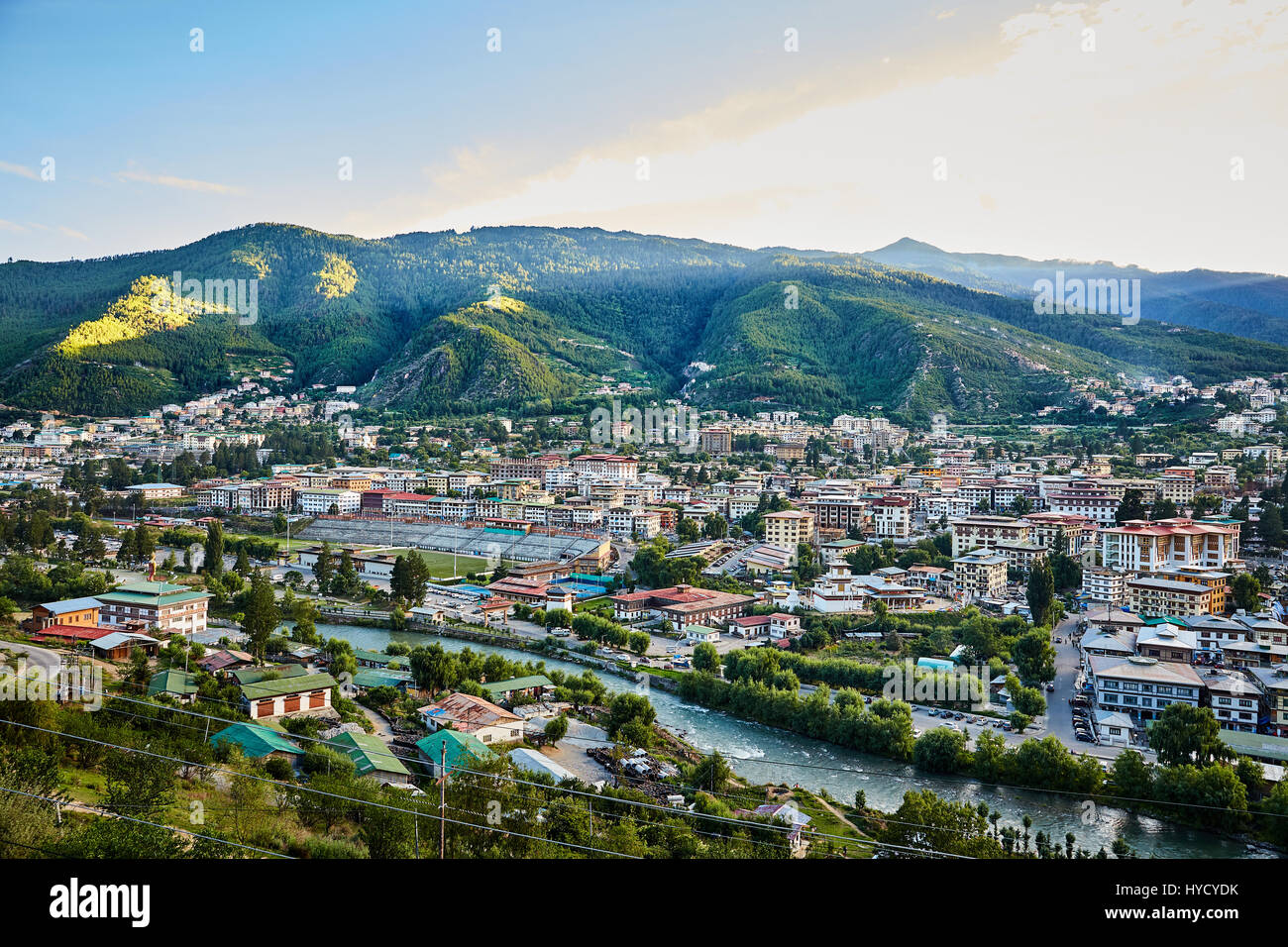
Thimphu City
Thimphu City urban photography and cultural snapshots
When you explore Thimphu City, immerse yourself in the vibrant urban landscape and capture snapshots that encapsulate the rich cultural tapestry of Bhutan's capital.
From bustling markets to serene temples, the city offers many photography opportunities that showcase the fusion of tradition and modernity in this dynamic hub. Stroll through the streets lined with colourful prayer flags fluttering in the breeze, and let your camera lens frame moments reflecting the essence of Thimphu's daily life.
Photography etiquette and insights for shooting in Thimphu City
| Etiquette | Insights |
|---|---|
| Respectful Approach: When photographing locals or religious sites, always ask for permission and be mindful of cultural sensitivities to ensure a respectful interaction. | Golden Hour Advantage: Utilize the soft, warm light of early morning or late afternoon during the golden hour to add a magical glow to your urban shots and enhance the city's charm. |
| Candid Moments: Embrace candid photography to capture authentic expressions and emotions that unveil the genuine essence of daily life in Thimphu without contrived poses. | Local Guidance: Engage with locals to gain insights into the city's hidden gems and lesser-known spots that offer unique perspectives for your photography composition. |
| Environmental Awareness: Maintain environmental consciousness by refraining from littering and respecting the city's natural and cultural heritage while documenting its beauty through your photographs. | Composition Creativity: Experiment with different angles, perspectives, and framing techniques to add visual interest and creativity to your urban photography compositions in Thimphu City. |
Embark on a photographic journey through the bustling streets and cultural landmarks of Thimphu City, capturing moments that encapsulate the city's spirit and cultural vibrancy in each frame.
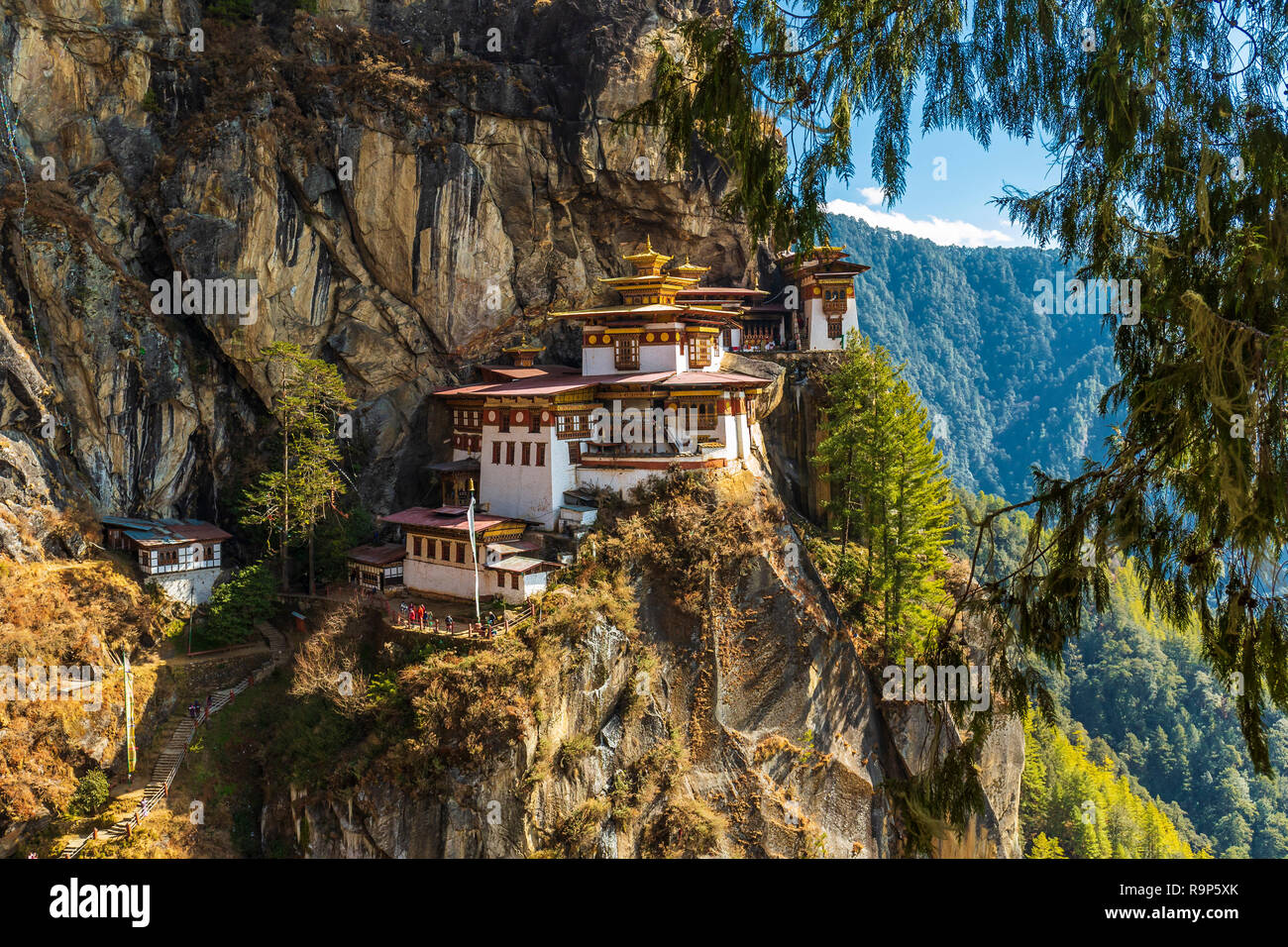
Taktshang Goemba
Taktshang Goemba Monastery architecture and spiritual significance
As you delve into the enchanting realm of Taktshang Goemba, marvel at the intricate architecture of this ancient monastery perched on a cliffside, harmoniously blending into the natural landscape.
Feel the spiritual significance emanating from the walls adorned with sacred paintings and statues, where every corner resonates with centuries-old traditions and reverence.
Photography challenges and rewards of capturing Taktshang Goemba
| Challenges | Rewards |
|---|---|
| Heightened Altitude: Prepare for the physical challenge of reaching this elevated monastery and adjusting to the altitude, ensuring you capture the essence of Taktshang Goemba while mindful of the surroundings. | Spiritual Serenity: Experience moments of peace and tranquillity amidst the monastery's serene atmosphere, where each click of your camera unveils a sense of spiritual connection and inner harmony. |
| Lighting Conditions: Navigate through varying lighting conditions within the monastery complex, balancing exposure to highlight intricate details and capture the interplay of light and shadows. | Capturing Timelessness: Freeze moments that transcend time, capturing the enduring beauty and spiritual essence of Taktshang Goemba that transcends generations and leaves a lasting impact on viewers. |
| Cultural Sensitivity: Respect the sanctity of the monastery and its inhabitants by adhering to photography guidelines and maintaining a respectful demeanour while documenting this sacred site. | Inspirational Frames: Discover unique angles and perspectives that reveal the monastery's mystique and architectural brilliance, allowing your photos to narrate stories of faith and devotion that resonate with viewers. |
Embark on a visual odyssey through Taktshang Goemba, where each click of your camera captures the essence of this spiritual sanctuary and unveils the timeless allure of Bhutan's cultural heritage.
